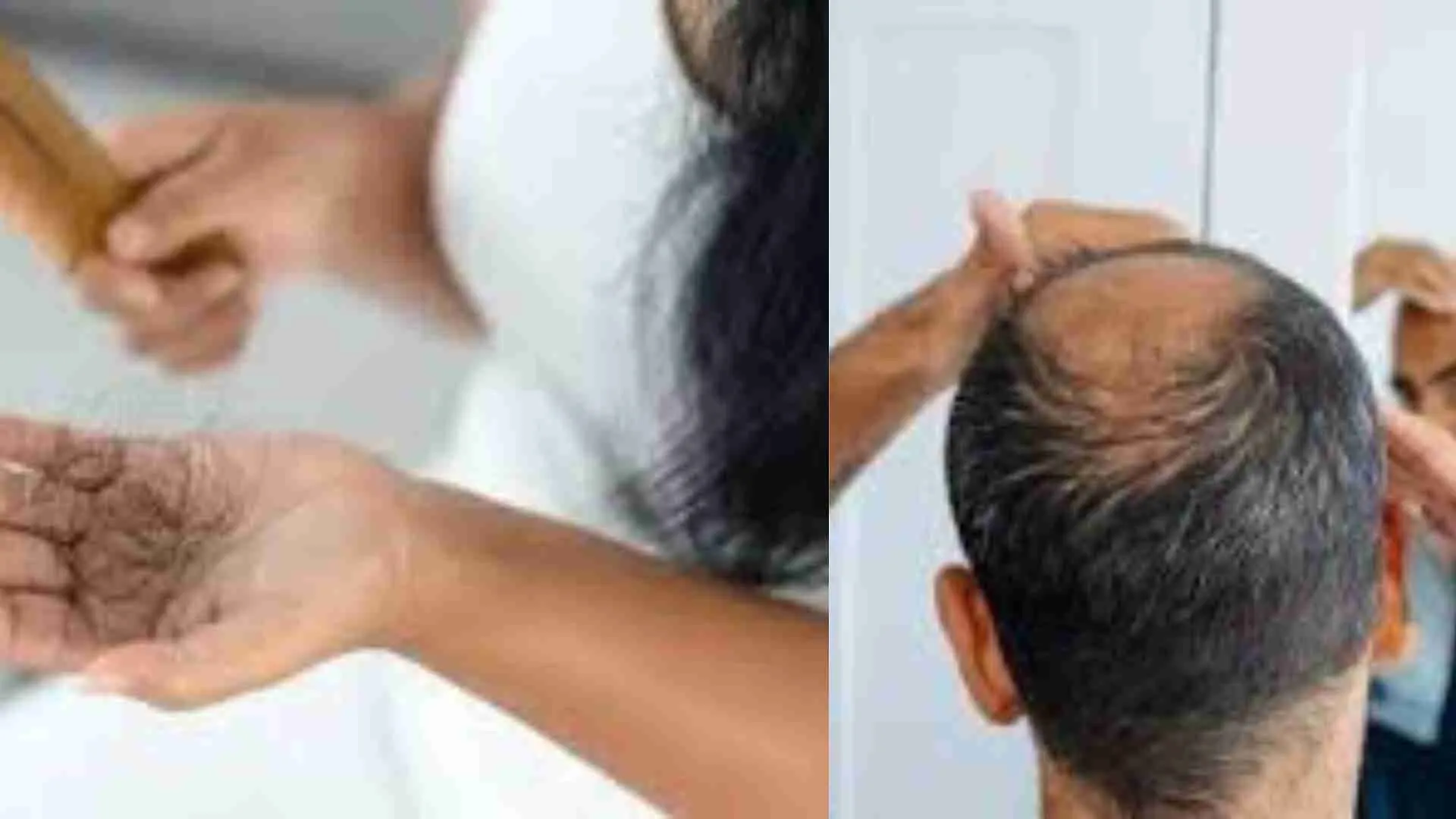A decades-old drug is making a comeback in a new form to combat hair loss. Minoxidil, initially popularized as a topical solution in the 1990s under the brand name Rogaine, is now being prescribed in low-dose pill form to help men and women regrow or maintain their hair.
Recent studies indicate that the oral version of minoxidil may be just as effective—if not more—than the traditional topical application. Telehealth companies have contributed to the growing demand by providing an easy way for consumers to obtain prescriptions and receive the medication at their doorsteps.
A Repurposed Solution for Hair Loss
Minoxidil was originally developed in the 1970s to treat high blood pressure. Researchers soon noticed an unexpected side effect—enhanced hair growth. This discovery led to the development of Rogaine, which the Food and Drug Administration (FDA) approved in 1988 as the first medication for male pattern baldness. A lower-dose version for women followed in 1991, marketed aggressively through television and print ads.
Experts believe the drug’s effectiveness in slowing hair loss stems from its impact on blood circulation. “By increasing blood flow to the scalp, it signals hairs to stay in their grow phase for longer,” said Dr. Adam Friedman, chair of dermatology at George Washington University. “We’re trying to keep those hairs in that growth phase as long as possible.”
A recent consensus paper, compiled by over 40 U.S. and international dermatologists, supports the efficacy of oral minoxidil, citing its affordability and convenience compared to the liquid formulation.
Why Patients Prefer the Pill
While research comparing topical and oral minoxidil remains limited, many dermatologists believe the pill version is more effective. When digested, minoxidil is absorbed more directly than when applied to the scalp. The ease of taking a pill once a day also makes it a more practical option compared to applying the liquid one or two times daily.
“As you can imagine, that can be rather onerous,” said Dr. Susan Taylor of the University of Pennsylvania. “Although people often enthusiastically begin therapy—and even see results—after a while, there are many who drop off.”
Physicians prescribe very low doses of oral minoxidil. Men typically take half of the lowest-dose pill, while women may need only a quarter of it. The reduced dosage minimizes the risk of side effects, such as dizziness, rapid heartbeat, and swollen legs. However, the drug is not recommended for individuals with heart conditions or for those who are pregnant or breastfeeding.
Another FDA-approved medication for hair loss is finasteride (Propecia), which works by blocking a testosterone byproduct that triggers hair loss in men. While finasteride is generally more effective than minoxidil, it can sometimes cause sexual side effects, including erectile dysfunction. Some dermatologists prescribe both medications together for better results.
FDA Approval and Cost Considerations
Despite its effectiveness, oral minoxidil is not FDA-approved for hair loss treatment. The primary reason is financial—minoxidil’s patent has expired, and it is available as an inexpensive generic drug. Without the potential for large profits, pharmaceutical companies have little incentive to fund the extensive studies required for FDA approval.
“For a drug like oral minoxidil—which is as old as dirt at this point—there are no reasons to do that,” said Friedman. Dermatologists typically prescribe the pill off-label, meaning it is officially approved for a different purpose but still used for hair loss.
Patients benefit from this affordability, with some pharmacies offering a month’s supply for under $5. “Not a single patient has complained to me about the cost of this medication, which is extremely rare,” said Dr. Luiz Garza of Johns Hopkins University.
Telehealth Services Expand Access
Most prescriptions for oral minoxidil come from dermatologists, who frequently prescribe older medications off-label for skin and hair conditions. A survey of U.S. dermatologists found that 80% reported prescribing oral minoxidil. However, with only about 12,000 dermatologists nationwide, many patients struggle to find providers.
Telehealth companies like Hims and Ro are filling this gap by streamlining the prescription process. Patients complete a questionnaire about their medical history, medications, and treatment goals, which a healthcare provider then reviews. If no health concerns arise, a prescription can be approved quickly, allowing for direct delivery of the medication.
Still, some dermatologists caution against relying solely on online services. They argue that in-person consultations provide a more thorough assessment, including blood pressure readings and discussions about potential side effects. “I’m not a proponent of going to an online service,” said Taylor. “I recommend seeing your board-certified dermatologist who’s trained, who knows the data, and can evaluate all of you.”









